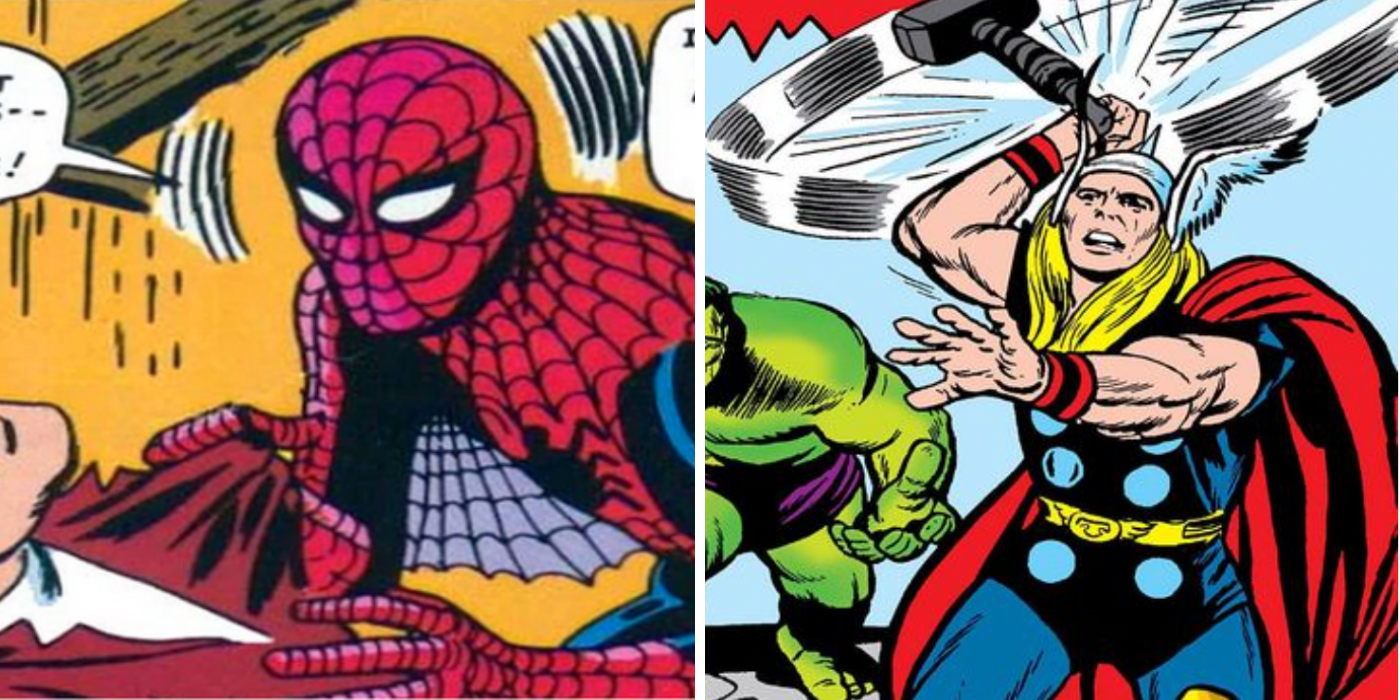
By the time Marvel Comics entered the Silver Age of superheroes they were slightly behind the times. DC launched their next generation of books a few years before with Showcase #24. The Flash, Green Lantern, and the Justice League already had a large foothold.
Yet, the way Stan "The Man" Lee and his creators, particularly Jack Kirby and Steve Ditko, laid their groundwork was different enough for readers to take notice. Their heroes and villains weren't as clear-cut as those at DC. They were flawed. Some of them didn't even want the powers they were granted. It's what makes the company's first comic books so legendary.
10 Fantastic Four #1 (Nov. 1961) Honestly Featured Marvel's First Family
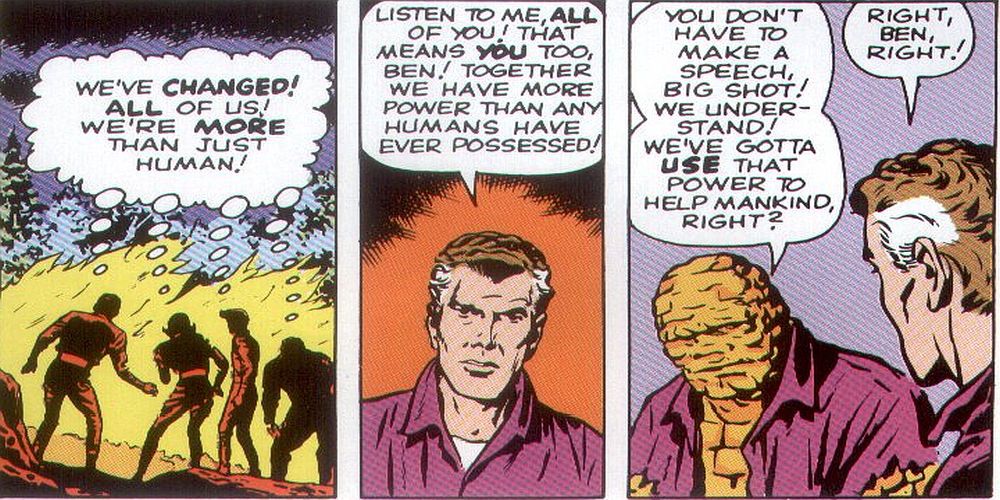
Lee and Kirby's first Silver Age creation, Fantastic Four, put a twist on the superhero family concept. When Billy Batson and his relatives/friends were endowed with magical powers, they were happy to become the Marvel Family. However, it wasn't the same after four astronauts went through a storm of cosmic rays.
The quartet wanted to help others but not become world-famous heroes. Especially Ben Grimm, who became the grotesque Thing. Yet, circumstances forced them to show themselves. Still, they weren't a flawless team. They dealt with triumphs and tragedies like other families.
9 Tales To Astonish #27 (Jan. 1962) Tells Ant-Man's Origin Story
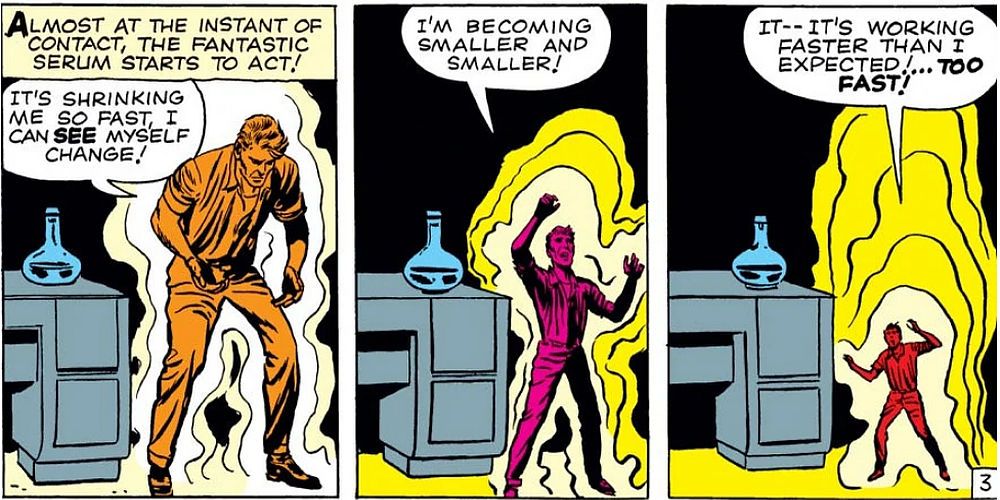
Hank Pym didn't become Ant-Man as soon as he invented his Pym Particles. Instead, Lee and Kirby presented a cautionary science fiction story in Tales to Astonish #27 about the good doctor. Rather than donning a costume at the end of the tale, he did something unexpected.
After finding success with his size-reducing formula, Pym tries it on himself. Realizing he left the antidote on a window sill, he tries to get to it. Unfortunately, Pym ends up in an anthill terrorized by its residents. So fearful of the formula, he pours the remainder down the sink.
8 The Incredible Hulk #1 (May 1962) Introduced Readers To The Grey Hulk
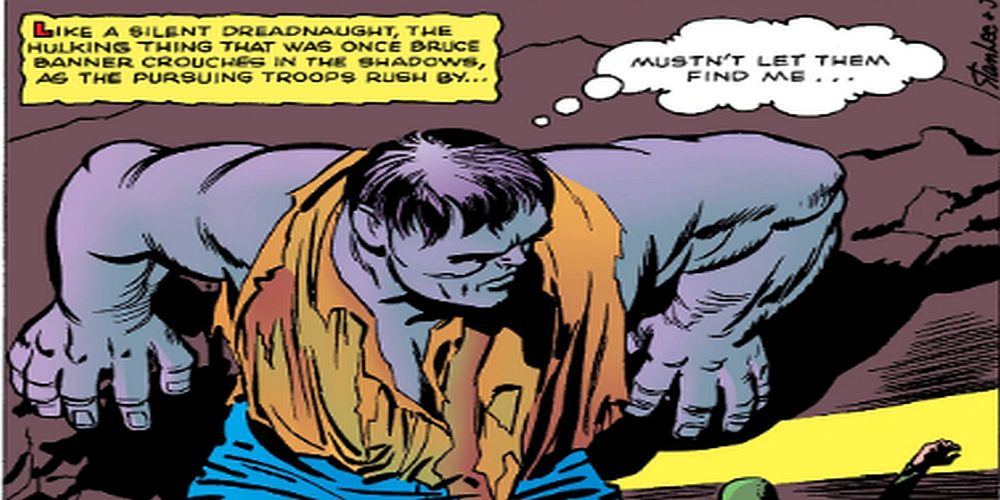
According to Lee, the inspiration behind the Incredible Hulk was a combination of Frankenstein and Dr. Jeckyll & Mr. Hyde. By mixing in the risks of the nuclear age, he and Kirby developed a character that has gone through several incarnations. Many of them are now part of the Immortal Hulk incarnation.
Working with the government, Dr. Bruce Banner ends up irradiated by gamma radiation when he rescues teenager Rick Jones from a bomb-testing site. Once the sun goes down, the meek Banner transforms into the grey-skinned behemoth known as the Hulk. Though still intelligent at first, the doctor's alter ego would change mentality and skin color through the years.
7 Amazing Fantasy #15 (August 1962) Welcomed Spider-Man To The Marvel Family
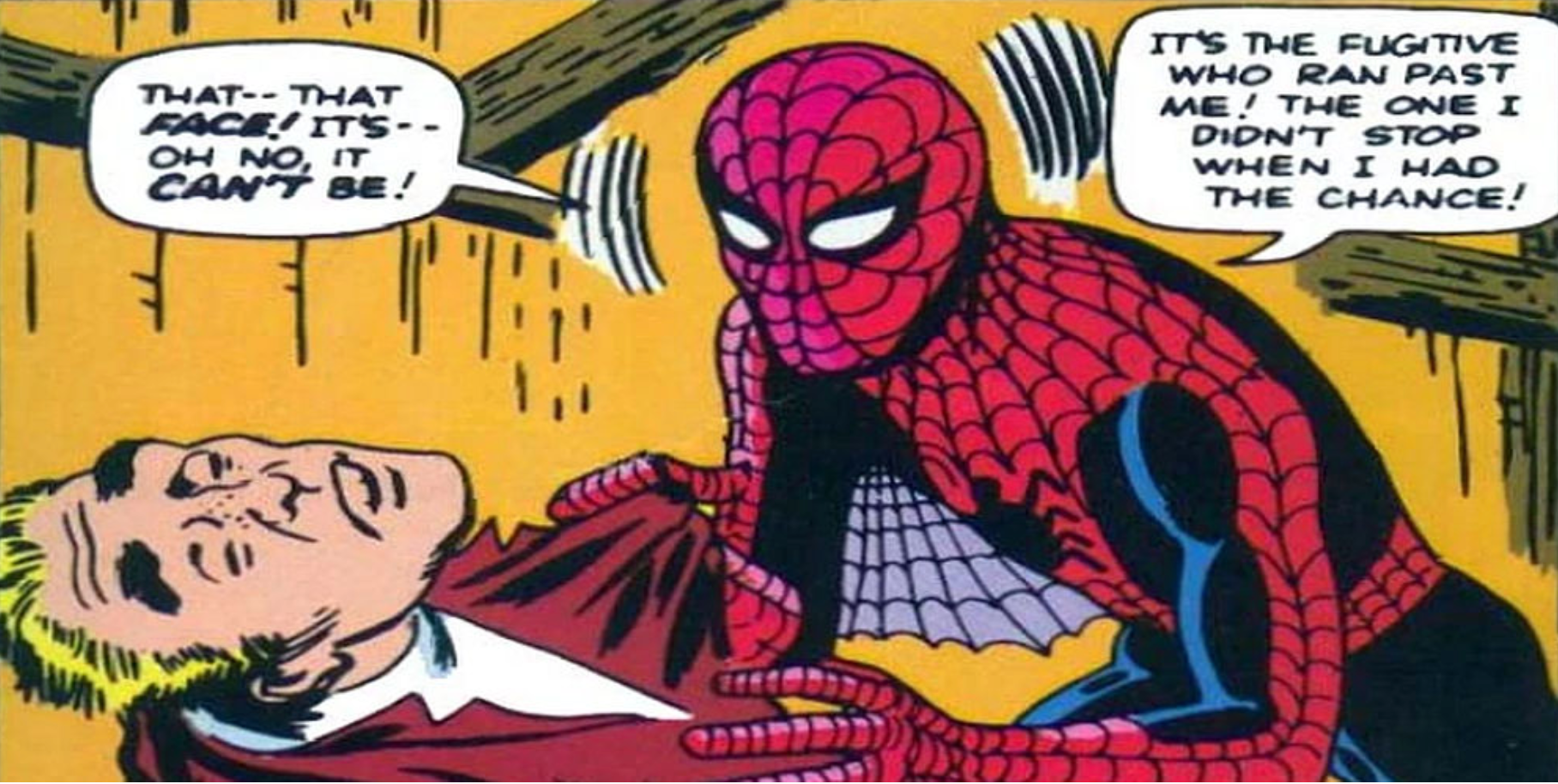
Few comic books and their superheroes are known for their proverbs. Yet, Amazing Fantasy #15, the issue that introduced readers to Spider-Man, is an exception.
Instead of Kirby, Lee brought Steve Ditko in to illustrate the origin of the Wall-Crawler. It starts with a radioactive spider's bite and ends with Peter Parker's realization that he could have saved his Uncle Ben if he wasn't so selfish. As the story ends, the narrator speaks the famous words, "...with great power comes great responsibility."
6 Journey Into Mystery #83 (August 1962) Brought Us The God Of Thunder
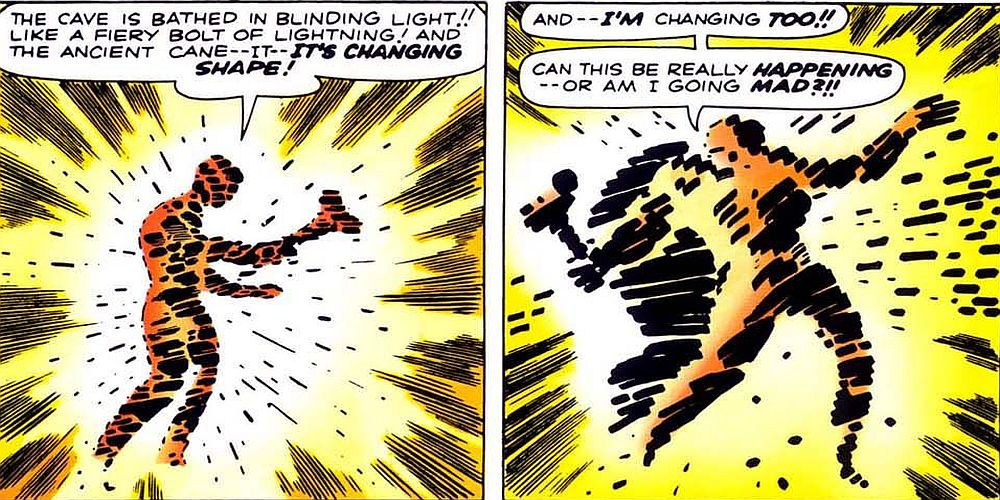
The introduction of Lee and Kirby's Thor inspired several generations of creators. Not for their portrayal of the young God of Thunder nor for the grandeur of Asgard. Rather, it was the transformation of Dr. Donald Blake.
Needing a walking stick after evading aliens from Saturn (yes, that's how it began), Blake finds one in a cave. When he hits a boulder with the stick it becomes the hammer Mjollnir and he becomes Thor. This sequence influenced later cartoons like Mighty Mightor, Thundercats, and He-Man.
5 Tales of Suspense #39 (March 1963) Introduced Iron Man
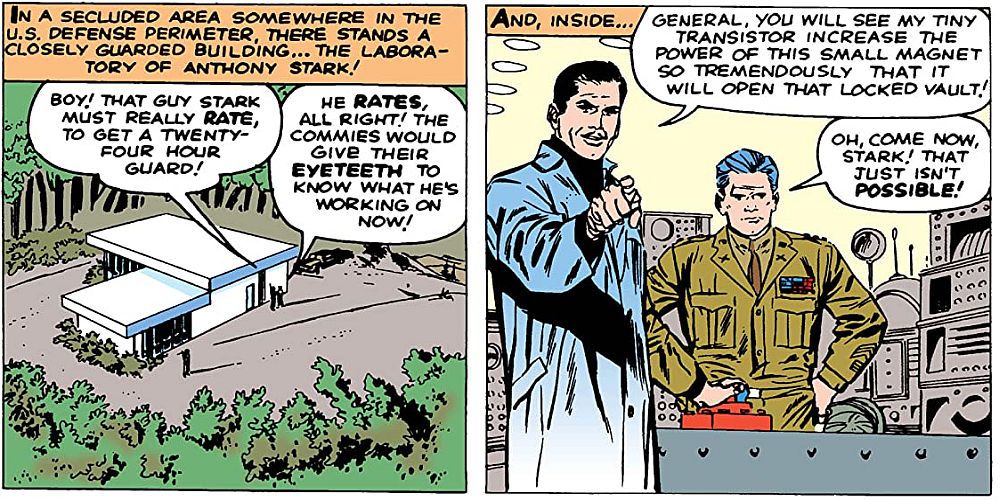
Even before the U.S. became involved full-time in the Vietnam War, Marvel was there, In turn, they added another real-life concept to their superhero line. This time around it was Lee and artist Don Heck who created Iron Man.
After being injured by a landmine, wealthy military industrialist Tony Stark is taken prisoner by Red tyrant Wong-Chu. He puts Tony to work to create new weapons. While doing so, the American develops an iron chest plate and corresponding suit to save his life. For some, this was a mortality tale of how the military-industrial complex doesn't work.
4 Strange Tales #110 (July 1963) Brought Readers Into Doctor Strange's World
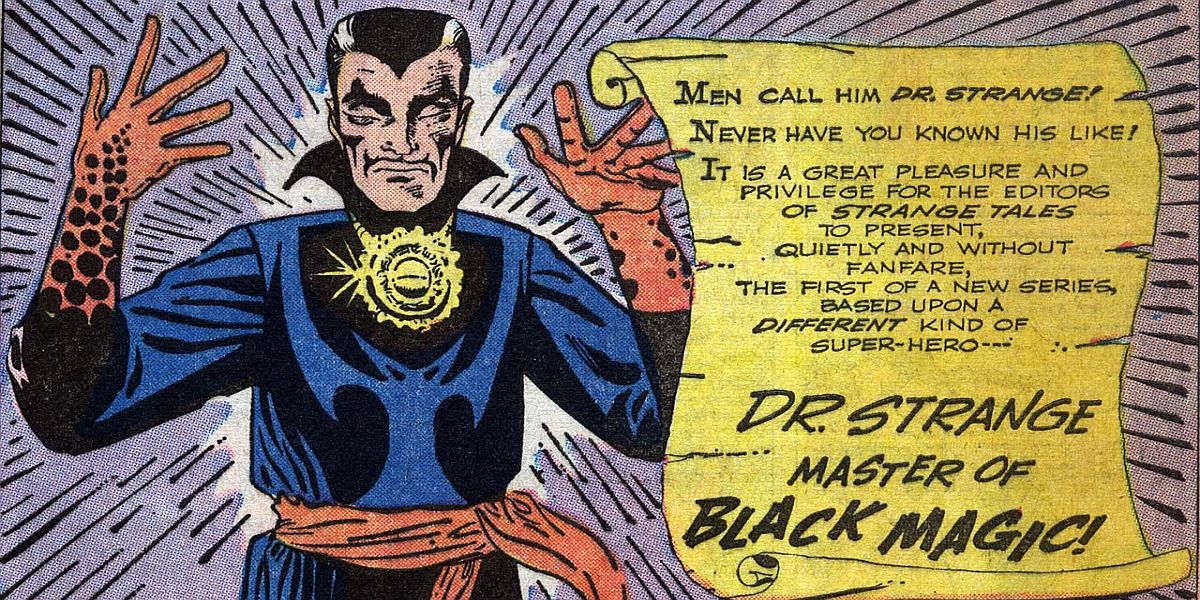
Doctor Strange's origin is interesting. The story, by Lee and Ditko, wasn't the primary one of the anthology. That was reserved for the Fantastic Four's Human Torch. It wasn't the second or third, either.
"Doctor Strange Master of Black Magic!" was the last story in this issue of Strange Tales. It delved into an adventure of the mystical hero as if he was well-established. Stephen Strange's origin wouldn't be told until five issues later.
3 X-Men #1 (September 1963) Premiered Marvel's Merry Mutants
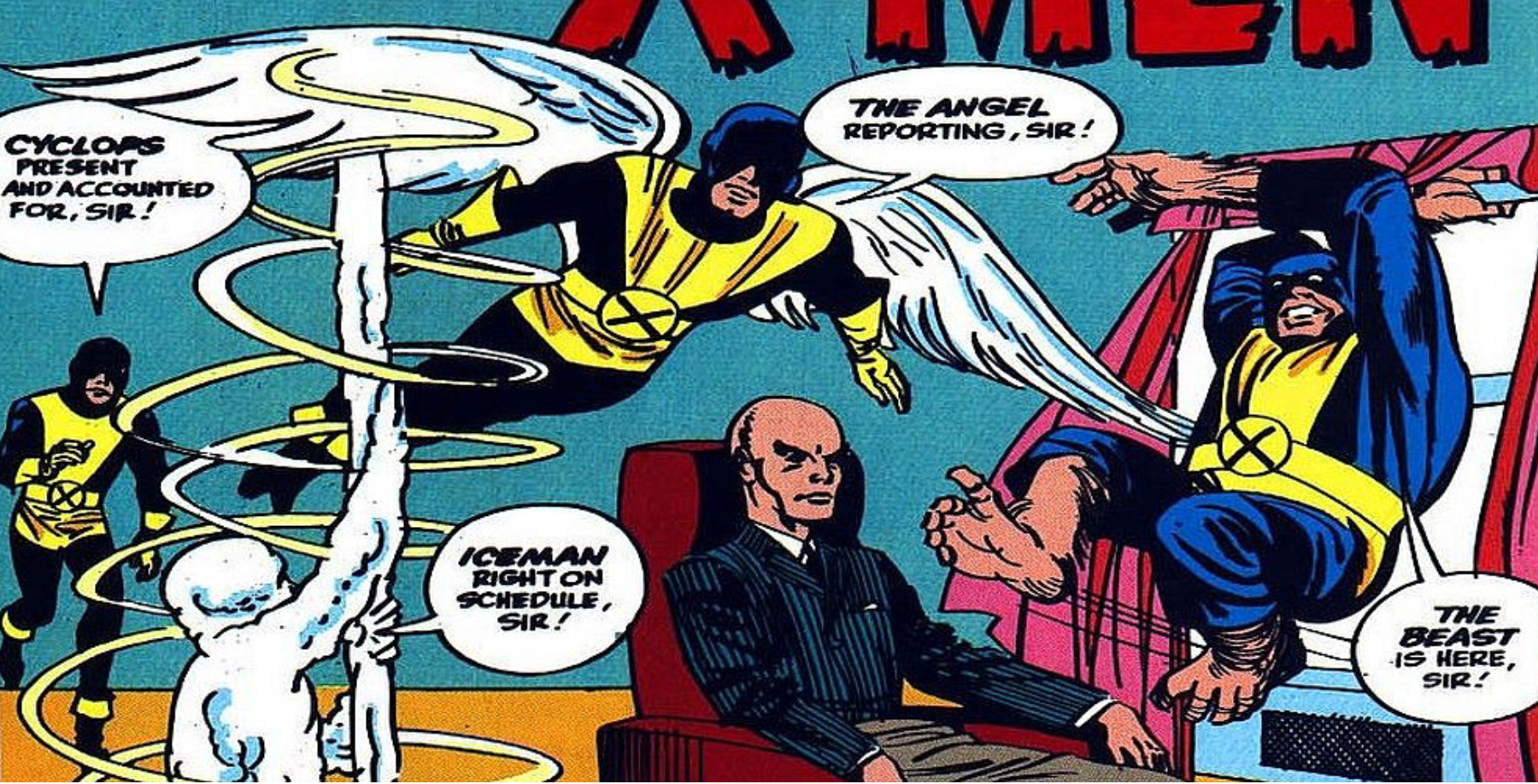
Other than Fantastic Four #1, the first phase of Marvel's Silver Age introduced new heroes via their already-established anthology series. That changed with X-Men #1.
Save for occasional one-offs, their superheroes would be introduced in their own series. The X-Men certainly deserved this treatment. Lee and Kirby provided the story and art that displayed a quiet grandeur. Who knew their legacy would stretch for over half a century?
2 Avengers #1 (September 1963) Introduced An All-Star Superhero Team
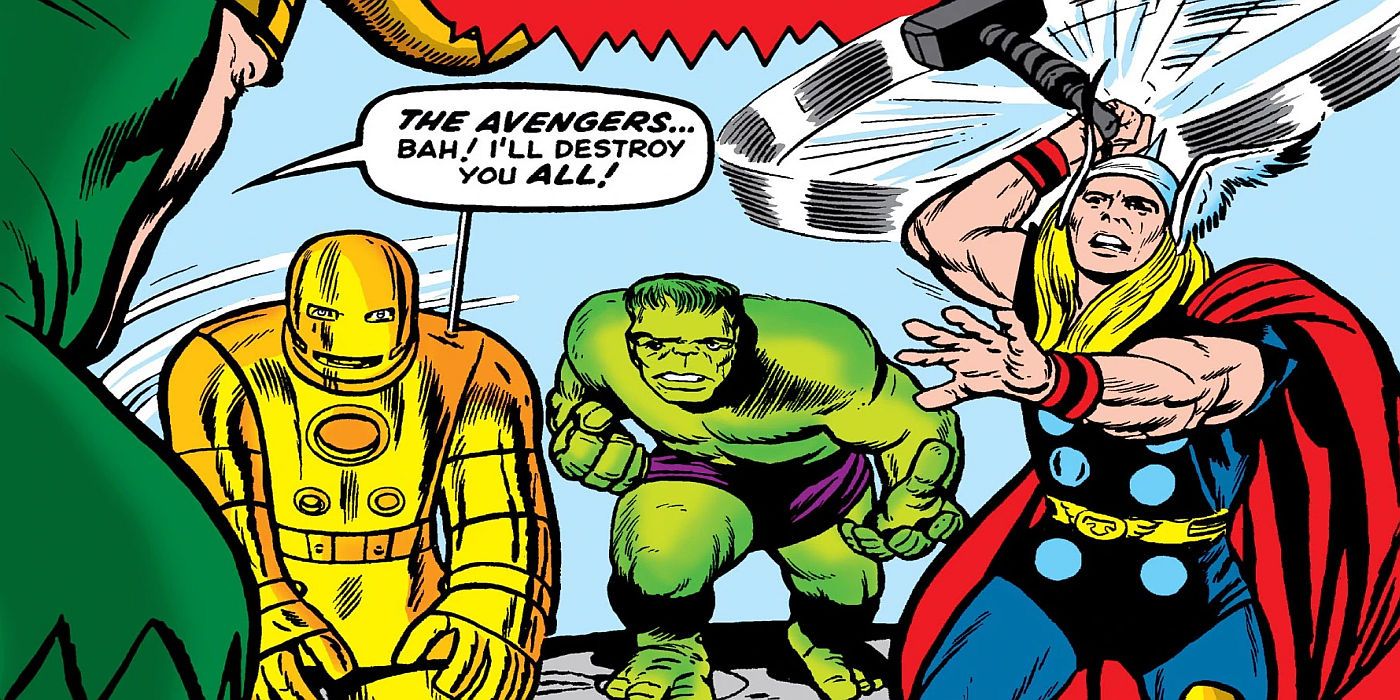
Two decades elapsed since Marvel's last all-star team of superheroes. Since then, DC Comics had created their own Silver Age group — the Justice League of America. It took Marvel two years after the start of its Silver Age to put a similar group together.
The result was The Avengers by Lee & Kirby. However, big names like Spider-Man weren't originally part of the team. It featured Iron Man, Ant-Man, Wasp, Thor, and the Hulk. The Green Behemoth left early in the run to be replaced by a thawed-out Captain America.
1 Daredevil (1964) Introduced Readers To A Blind Superhero
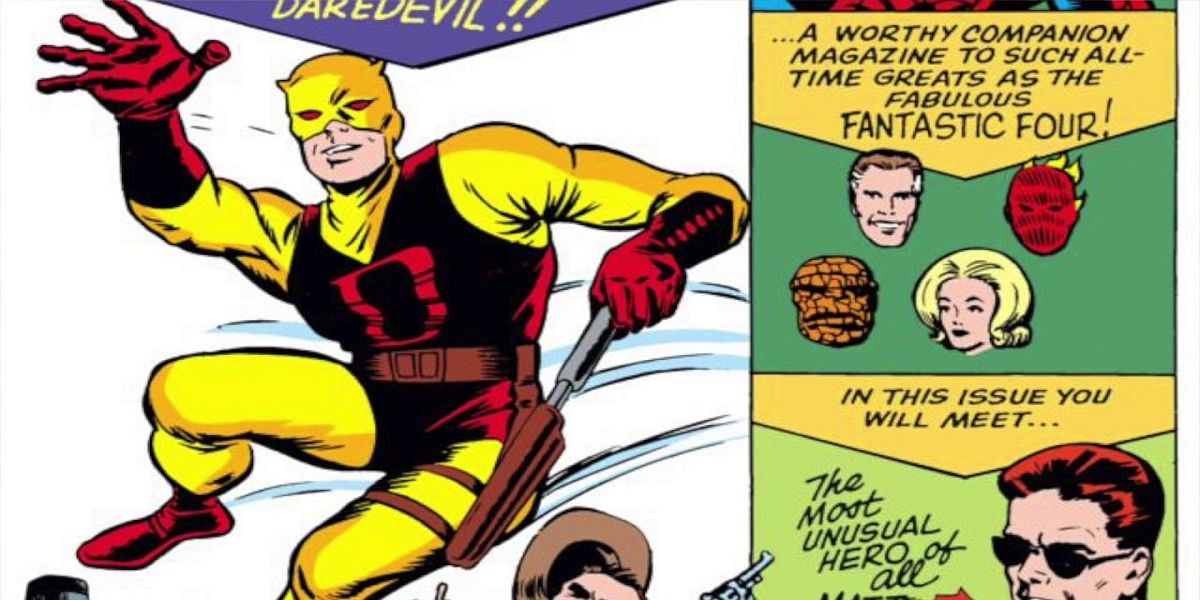
Matt Murdoch wasn't the first blind superhero. DC's Doctor Mid-Nite had the same affliction when introduced in the 1940s. However, that character's disability wasn't infused with superpowers due to a chemical spill.
What also made Daredevil unique, besides the creative talents of Lee and artist Bill Everett, was who he dealt with. Where his street-level counterpart Spider-Man handled supercriminals early on, Murdoch's first adventure was to go deep into the streets. It would be a trait that creators like Frank Miller would take on later in the series.
0 Comments